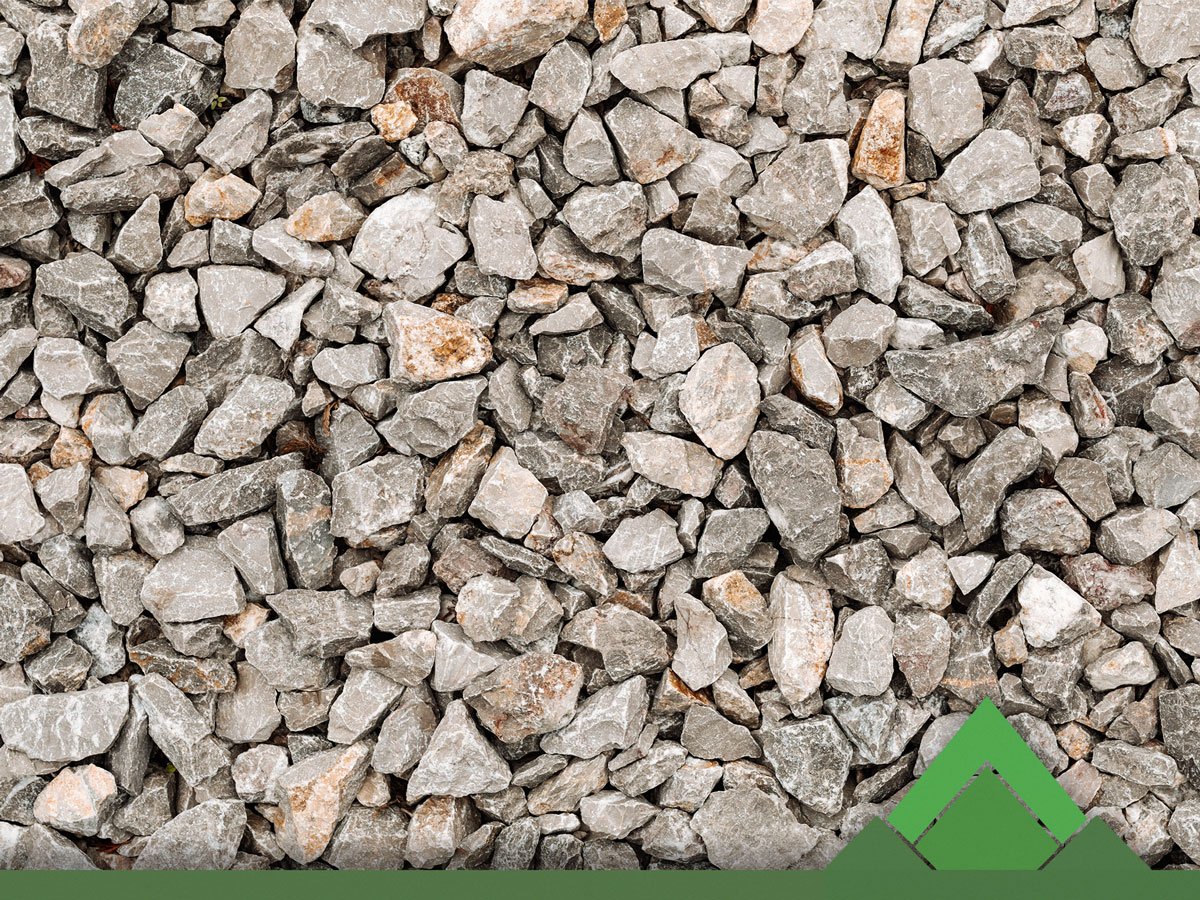In construction, MOT stands for Ministry of Transport, a type of sub-base material crucial for road foundations. What sets MOT apart is its durability and ability to withstand heavy loads, making it a preferred choice for creating stable surfaces. Understanding what MOT in construction entails is vital for ensuring the integrity and longevity of infrastructure projects. Let’s delve deeper into the significance and applications of MOT in the construction industry.
Exploring the Role of MOT in Construction
Welcome, young builders! Today, we are going to delve into the exciting world of construction and uncover the mysteries of MOT. Have you ever wondered what MOT is and why it is crucial for any construction project? Join me as we journey through the ins and outs of MOT in construction.
Understanding MOT
MOT stands for “Method of Test” in the construction industry. It is a set of standards and procedures used to determine the quality and suitability of materials used in construction projects. Imagine you are building a sandcastle at the beach. You would want to make sure that the sand you use is strong and sturdy to build a tall and sturdy castle, right? That’s where MOT comes into play in the real world of construction.
The Importance of MOT
Now, you may wonder why MOT is so important in construction. Well, MOT ensures that the materials used in building structures meet specific requirements for strength, durability, and safety. Just like how you need the right tools to build a strong sandcastle, construction workers need to use materials that have been tested and approved to ensure the safety and stability of the buildings they construct.
Ensuring Safety
One of the primary reasons why MOT is crucial in construction is to guarantee the safety of buildings and structures. By testing materials before they are used in construction, engineers and builders can identify any potential weaknesses or flaws that could compromise the integrity of a building. Think of it as checking the sand quality before building your sandcastle to avoid it collapsing unexpectedly.
Quality Assurance
Another essential aspect of MOT is quality assurance. By following established testing methods and standards, construction professionals can ensure that the materials they use meet specific quality benchmarks. This helps prevent defects and ensures that buildings are constructed to last for many years to come.
Common Tests in MOT
So, let’s talk about some of the common tests that are conducted as part of MOT in construction:
Compression Test
A compression test is used to determine the strength of materials under a compressive load. It helps engineers understand how much weight a material can bear before it breaks or deforms. Just like how you might press down on the sand to see if it holds up, engineers use compression tests to evaluate the strength of materials like concrete or steel in construction.
Tensile Test
In a tensile test, materials are subjected to pulling forces to measure their strength and elasticity. This test helps engineers assess how well a material can withstand stretching or pulling forces without breaking. It’s like testing the stretchiness of the rubber bands you use in your craft projects to see if they can hold things together securely.
Flexural Test
The flexural test evaluates the bending strength of materials. By applying a bending force to a material, engineers can determine its resistance to bending and cracking. Think of it as testing a pencil to see how much pressure it can handle before it snaps.
As we wrap up our exploration of MOT in construction, remember that it plays a vital role in ensuring the safety and quality of buildings and structures. Just like how you pay close attention to the materials you use when building your creations, construction professionals rely on MOT to select the right materials for their projects. So, the next time you see a towering skyscraper or a sturdy bridge, you’ll know that MOT played a crucial role in making it safe and durable.
What Is MOT In Construction? – Civil Engineering Explained
Frequently Asked Questions
What does MOT stand for in construction?
MOT in construction stands for “Ministry of Transport.” It refers to a specific type of aggregate material meeting certain specifications set by the Ministry of Transport for use in road construction and maintenance projects.
How is MOT material used in construction?
MOT material is commonly used as a base or sub-base layer in road construction to provide stability and support. It helps to create a solid foundation for the road surface and ensures proper drainage to prevent water damage.
What are the characteristics of MOT material?
MOT material is typically durable, hard-wearing, and able to withstand heavy loads and traffic. It is graded for particle size and may contain a mix of different sized stones and fines to achieve the desired compaction and strength for construction purposes.
Why is MOT material important in construction?
MOT material plays a crucial role in ensuring the longevity and strength of roads and other construction projects. By using specified MOT material, construction professionals can guarantee that the infrastructure will meet the required standards for safety and durability.
Final Thoughts
In construction, MOT stands for Ministry of Transport, a specification for granular sub-base material. It is widely used in road construction to provide a stable foundation. MOT in construction ensures proper drainage and strength for the road surface. Using MOT material is essential for creating durable and long-lasting roads. It plays a crucial role in maintaining the integrity and longevity of transportation infrastructure.




